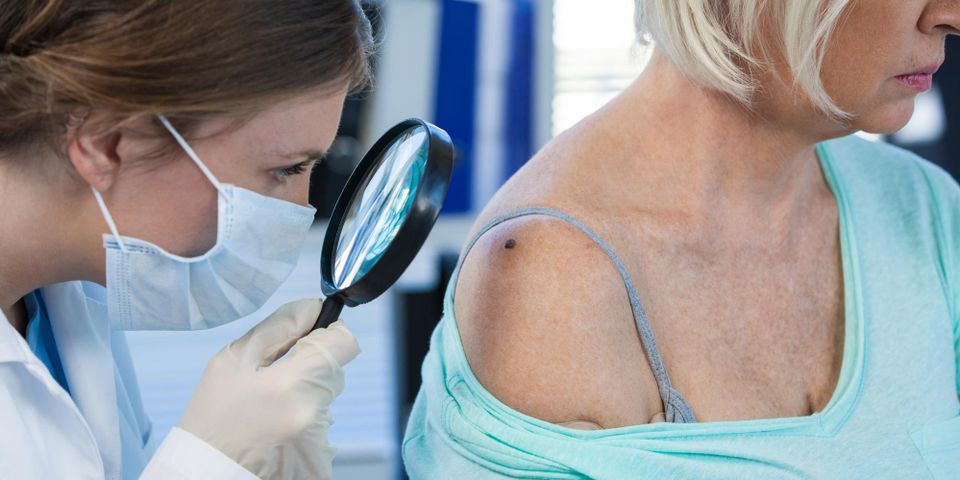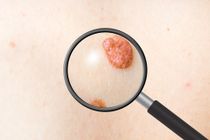4 Signs You Need Skin Cancer Treatment & 5 Steps for Examining Yourself

Skin cancer is the most common cancer in the United States, affecting millions of people every year, and it can be deadly if it’s not treated early. Fortunately, there are warning signs and steps you can take to protect your health. Dermatologist Mark D. Heibel and his team of medical professionals at Heibel Dermatology in Lincoln, NE, specialize in skin cancer treatment and will share crucial information to help you detect the disease.
Signs That Skin Cancer Treatment Is Needed
There are three main types of skin cancer: basal cell carcinoma (BCC), squamous cell carcinoma (SCC), and malignant melanoma. When treated early, cases of BCC and SCC have a 95% cure rate. However, malignant melanoma is the most deadly skin cancer, killing nearly 8,000 people each year.
According to dermatologists, there are four main warning signs of skin cancer:
- Asymmetry: If you notice a mole has one half that’s larger than the other, has changed shape, or thickened, it could be an indication of skin cancer.
- Irregular Borders: This refers to the edges of a mole; if they appear ragged or hard to define, see a dermatologist for an examination.
 Color: Cancerous moles have a mottled appearance and can change color. Report significant changes to a dermatologist.
Color: Cancerous moles have a mottled appearance and can change color. Report significant changes to a dermatologist.
- Size: If a mole grows larger, itches, or bleeds, you might need to see a professional for skin cancer treatment.
Detecting Skin Cancer With a Self-Examination
A monthly or bimonthly self-examination is one of the best ways to detect skin cancer. Use a mirror or have a partner inspect areas you can’t see, and familiarize yourself with your skin and its lesions and moles.
Follow these tips to ensure you check every part of your skin:
- Step 1: Stand in front of a mirror and check the front and back of your body. Raise your arms and examine the right and left sides.
- Step 2: Bend your elbows and check your forearms, palms, and upper arms.
- Step 3: Sit and inspect the backs and fronts of your legs. Don’t forget to check the soles of your feet and spaces between your toes.
- Step 4: Use a hand-held mirror to look for changes to moles on your neck and scalp.
- Step 5: Use the hand mirror to examine your back and buttocks, or ask a partner to help you.
Skin cancer treatment is more effective when the condition is diagnosed early. If you’ve noticed changes over the past month, see a dermatologist immediately. To schedule an appointment at Heibel Dermatology, call (402) 488-6969. For more information on their skin care services, including chemical peels and acne treatment, visit their website.
About the Business


